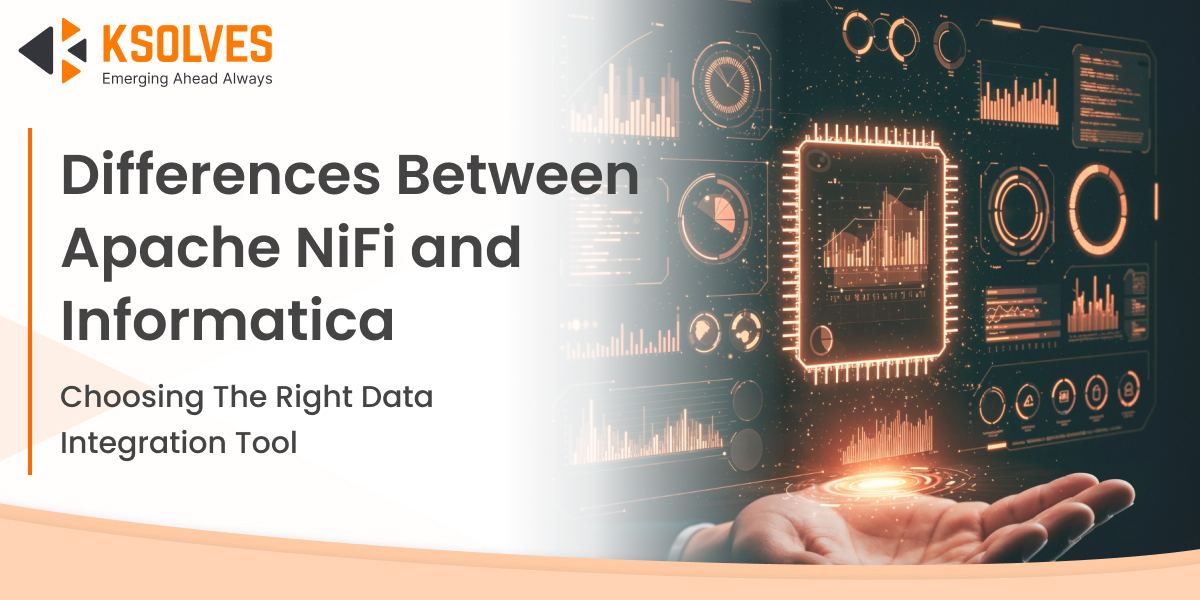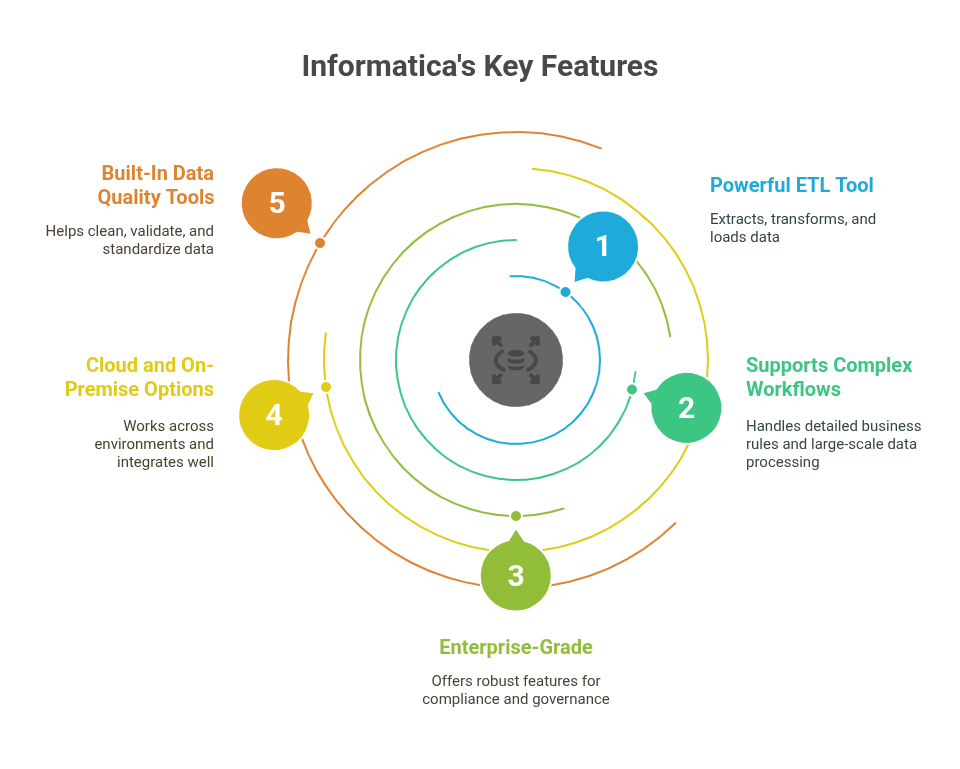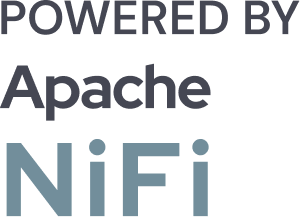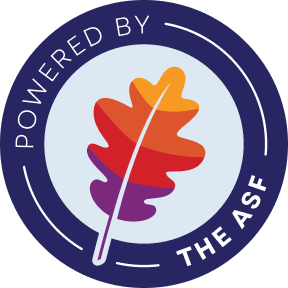Apache NiFi vs Informatica – Which Data Integration Solution is the Best Fit for Your Business?
![]()

When it comes to moving and managing data between different systems, two powerful tools often come up – Apache NiFi and Informatica. Both are popular for data integration, but they work in very different ways and are suited for different types of businesses.
Apache NiFi is an open-source ETL tool and is great for real-time data movement – think live data from sensors, apps, or logs. Informatica, on the other hand, is a well-known enterprise tool that’s been around for years and is trusted by big companies to handle complex data workflows, especially for analytics and reporting.
In this blog, we’ll look at the differences between Apache NiFi vs Informatica and which one might be the right fit for your business needs, whether you’re a fast-moving startup or a large enterprise with strict data requirements.
What is Apache NiFi?
Apache NiFi is an open-source tool that helps you move data between different systems in a fast, secure, and automated way. It’s great for handling real-time data, like sensor readings, user activity, or log files, and lets you design data pipelines using a simple drag-and-drop interface.
Originally developed by the NSA and later shared with the open-source community, NiFi is built to support streaming data, meaning it can process information as it arrives, rather than waiting to gather it all first.
Key Highlights:
- Real-Time Data Movement: Perfect for live data that needs quick processing.
- Flow-Based Design: Use a visual canvas to create and manage data pipelines.
- Wide Connectivity: Works with many systems like databases, cloud platforms, APIs, and messaging tools.
- Built-In Monitoring: Tracks every step your data takes, which is great for auditing and troubleshooting.
- Flexible Deployment: Can run on-premise, in the cloud, or even at the edge (IoT environments).

In short, Apache NiFi is ideal for businesses that need to process and move data continuously and in real-time.
What is Informatica?
Informatica is a well-known enterprise tool used for data integration, transformation, and management. It’s been around for decades and is trusted by large organizations to handle massive amounts of structured data, especially in data warehouses and analytics projects.
Unlike NiFi, which is open-source, Informatica is a commercial platform that comes with a suite of tools focused on batch processing, data quality, governance, and security.
Key Highlights:
- Powerful ETL Tool: Extracts data from various sources, transforms it, and loads it into a target system.
- Supports Complex Workflows: Ideal for handling detailed business rules and large-scale data processing.
- Enterprise-Grade: Offers robust features for compliance, monitoring, and data governance.
- Cloud and On-Premise Options: Works across environments and integrates well with modern data ecosystems.
- Built-In Data Quality Tools: Helps clean, validate, and standardize data before it’s used.

Informatica is a solid choice for companies that need deep data transformations, high data accuracy, and tight control over large, structured datasets.
Apache NiFi vs Informatica for Data Integration – A Comprehensive Comparison
| Features | Apache NiFi | Informatica |
| Type | An open-source data integration and flow management tool | An enterprise-grade commercial data integration and ETL platform |
| Best For | Real-time data streaming, event-driven pipelines, IoT, and cloud-native integrations | Complex ETL workflows, batch data processing, data warehousing, and compliance-heavy environments |
| Data Processing | Primarily real-time and event-driven | Primarily batch-oriented (with some real-time options in Informatica Cloud) |
| User Interface | Drag-and-drop, browser-based UI for flow-based programming | Graphical UI in Informatica PowerCenter or Informatica Intelligent Cloud Services (IICS) |
| Deployment | On-premise, cloud, edge devices (lightweight) | On-premise (PowerCenter), cloud (IICS), or hybrid |
| Ease of Use | Beginner-friendly, low-code environment for data engineers | Enterprise-focused with a steeper learning curve but deep control |
| Connectivity | Supports many protocols: HTTP, FTP, MQTT, Kafka, S3, JDBC, etc. | Hundreds of pre-built connectors for cloud apps, databases, and on-prem systems |
| Transformation Capabilities | Lightweight transformation capabilities, ideal for routing, enrichment, and filtering | Advanced transformation with complex business rules, lookups, joins, and aggregations |
| Data Lineage & Provenance | Built-in data provenance and visual lineage tracking for each flow file | Strong metadata management and lineage features, often required for compliance |
| Licensing | Free and open-source (Apache 2.0 License) | Paid, subscription-based licensing with different pricing tiers |
| Version Control & CI/CD | Limited built-in versioning; can integrate with tools like Git using custom setups or third-party tools like Data Flow Manager | Supports version control and lifecycle management in enterprise environments |
| Ideal For | Startups, real-time analytics, DevOps teams, IoT data streams | Enterprises with structured data needs, compliance requirements, and robust governance standards |
Apache NiFi vs Informatica – Pros and Cons
Pros of Apache NiFi
- Quick setup and easy to use – You can build data flows fast without writing code.
- Great for real-time data – Ideal for IoT, logs, and streaming use cases.
- Track everything – You can see exactly where your data came from and what happened to it.
- Highly flexible – Connects to almost any data system using various protocols.
- No license cost – It’s open-source, which saves money and avoids vendor lock-in.
Cons of Apache NiFi
- Not made for complex data transformations – Works best for routing, filtering, and simple logic.
- Limited data governance features – Lacks built-in tools for data quality and metadata.
- Difficult to manage across environments – Promoting flows from dev to production needs extra tools or manual work.
- Gets cluttered with large flows – The visual canvas can become hard to manage if not organized properly.
Struggling with these shortcomings of Apache NiFi? Data Flow Manager is the solution. Designed for on-premise NiFi, it empowers you to deploy and promote NiFi data flows across multiple clusters in minutes.
With an AI-powered NiFi flow creation assistant, you can generate NiFi flows without manual effort. More interestingly, you can schedule the deployment of NiFi data flows at a specific time, ensuring your NiFi data flows will be deployed automatically.
Pros of Informatica
- Trusted by large enterprises – Proven platform with strong support and stability.
- Handles complex logic easily – Good for deep data transformations and large data volumes.
- Excellent data quality tools – Helps clean and validate your data before using it.
- Strong monitoring and control – IT teams can easily manage, schedule, and monitor jobs.
- Supports hybrid and cloud environments – Works well across on-prem and cloud systems.
Cons of Informatica
- Expensive – Licensing and support can be costly, especially for smaller teams.
- Takes longer to implement – Projects may need more planning and setup time.
- Harder to learn – Requires training and experience to use effectively.
- Not ideal for real-time use cases – More focused on batch jobs than live data streams.
Apache NiFi vs Informatica – Use Cases
Apache NiFi Use Cases
- Real-Time Data Ingestion: Collect and route data from IoT devices, log systems, or APIs in real time.
- Stream Processing Pipelines: Connect to Kafka, MQTT, or WebSockets to build live data pipelines.
- Cloud Data Migration: Move data between on-prem and cloud systems like AWS, Azure, or GCP.
- Edge Data Collection: Run lightweight data flows on edge devices for field-level analytics.
- API-based Data Flows: Trigger flows from REST APIs and integrate with external systems.
Informatica Use Cases
- Enterprise Data Warehousing: Load and transform large volumes of structured data into data warehouses like Snowflake, Redshift, or Oracle.
- Data Quality & Master Data Management: Clean, deduplicate, and maintain accurate data across departments.
- Compliance & Governance Projects: Ensure data lineage and auditing for regulatory standards like GDPR or HIPAA.
- Cloud-to-Cloud Integration: Move and synchronize data between SaaS platforms (Salesforce, Workday, etc.).
- Complex ETL Workflows: Handle multi-step, rule-based transformations with reusable logic across large datasets.
Apache NiFi vs Informatica – Which is the Right Fit?
Choosing between Apache NiFi and Informatica depends on your project needs, budget, and team skillset.
Choose Apache NiFi if:
- You need real-time or event-driven data pipelines.
- You’re looking for a cost-effective and flexible open-source solution.
- Your team prefers a low-code, fast-to-deploy integration tool.
- You’re working with diverse data sources, including APIs, streaming data, and IoT devices.
Choose Informatica if:
- You’re handling structured data with complex transformation logic.
- Your business requires strong data governance, quality, and metadata management.
- You have a dedicated data team and can invest in training and licensing.
- You’re part of a large enterprise needing robust support, scalability, and centralized control.
Conclusion
Apache NiFi and Informatica both solve data integration challenges, but with very different approaches.
Choose NiFi for real-time, scalable, and flexible data flows—especially if you’re working with diverse systems and need speed.
Choose Informatica when data quality, governance, and complex transformations are critical in large enterprise ecosystems.
The right choice depends on your data strategy, team expertise, and scalability needs. Match the tool to your goals, not just the features.
FAQs
- Why choose Apache NiFi over Informatica?
Apache NiFi is an excellent choice if you need a lightweight, open-source solution for real-time data movement, especially in streaming or event-driven environments. It’s highly flexible, easy to set up, and supports a wide range of data sources with minimal coding. If your focus is speed, scalability, and quick deployment without heavy licensing costs, NiFi may be a better fit.
- What is better than Informatica?
It depends on your use case. If you’re looking for open-source, real-time processing with low overhead, tools like Apache NiFi, Apache Airflow, or Talend might suit you better. For cloud-native data integration, Fivetran, Matillion, and AWS Glue are also popular options offering easier setup and faster delivery in modern data stacks.
- What are Informatica alternatives?
Some widely used Informatica alternatives include:
- Apache NiFi – Best for real-time and event-based data flows.
- Talend – Strong in batch ETL and supports both open-source and enterprise versions.
- Apache Airflow – Ideal for workflow orchestration and scheduling complex pipelines.
- Microsoft Azure Data Factory – A great choice for cloud-first data movement on Azure.
- Fivetran and Stitch – Low-code, cloud-based connectors for modern data pipelines.
Each alternative has its own strengths, so the best one depends on your team’s needs, budget, and technical landscape.
4. Is NiFi good for ETL?
As an open-source Informatica alternative, Apache NiFi is good for ETL. Its visual low-code interface, support for a wide variety of sources, and real-time and batch processing make it an ideal choice for ETL.
![]()

